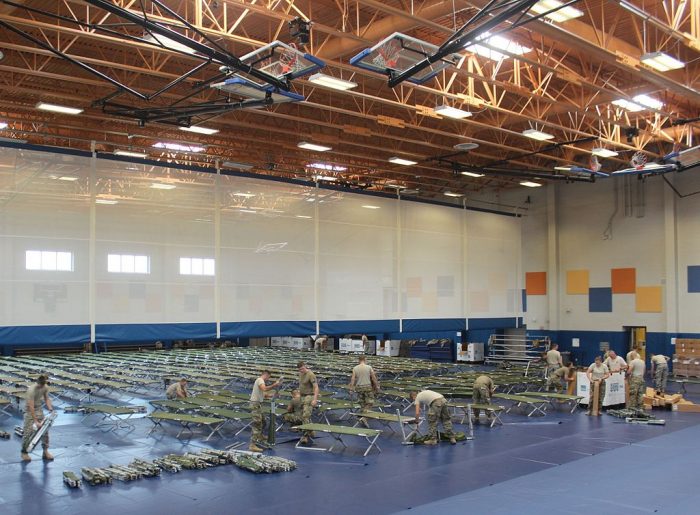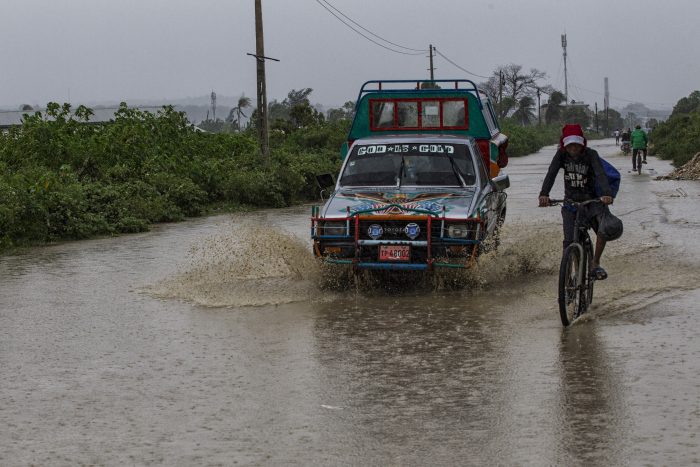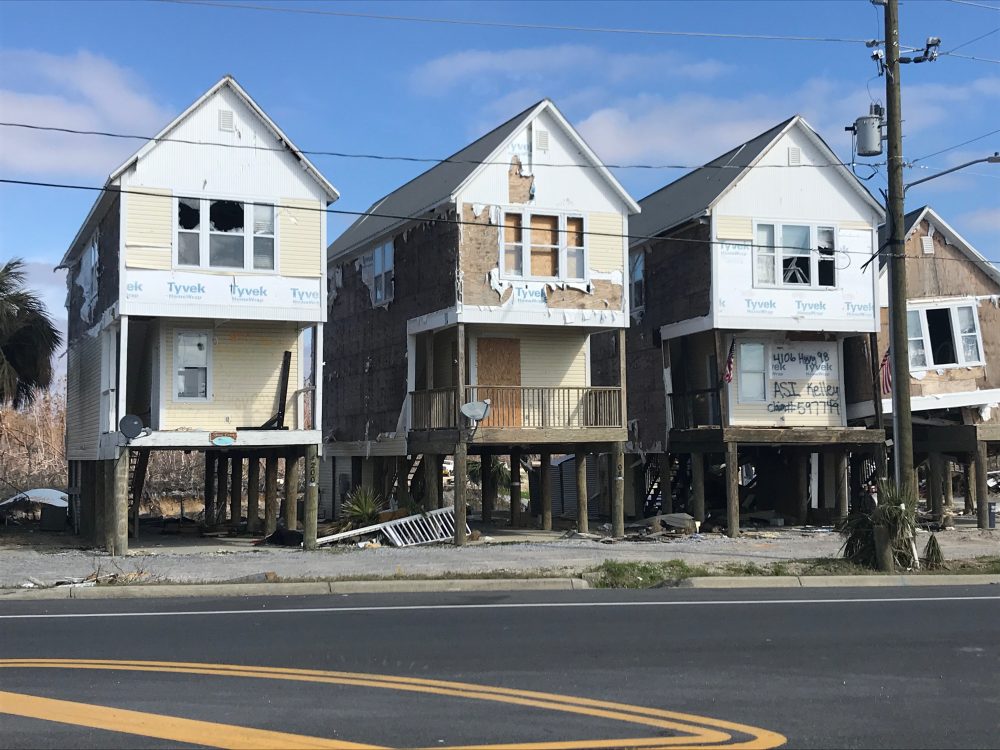Did We Pass the Matthew Test?
Let’s spend a few minutes to reflect on our recent experience with Hurricane Matthew and consider what has improved and what we could do better the next time disaster strikes. Although we still don’t know the final death toll in Haiti, it appears that it will be close to one thousand people. While not a […]

Let’s spend a few minutes to reflect on our recent experience with Hurricane Matthew and consider what has improved and what we could do better the next time disaster strikes.
Although we still don’t know the final death toll in Haiti, it appears that it will be close to one thousand people. While not a direct comparison, the earthquake in 2010 caused several hundred thousand deaths and affected three million people. Is the difference simply the nature of the disasters, or is something else going on? It will be interesting to learn if better planning and preparation actually moved people out of harm’s way and prevented the death toll from being higher. Has the international community made any progress in helping the poor in Haiti live more resilient lives?

Though Matthew slammed eastern Cuba and the northern Bahamas, causing extensive infrastructure and structural damages, no fatalities have been reported. Rigorous evacuations and preparations saved hundreds of lives in communities like Baracoa, Cuba.
In the United States, I give high marks to elected officials in Florida, South Carolina, and North Carolina for imposing mandatory evacuations. It takes political courage to require people to abandon their homes and leave everything behind. It disrupts lives and renders a huge economic loss to people and communities.
The National Hurricane Center (NHC) also did a fine job. The NHC gave us plenty of warning and helped us be on alert days before the storm hit. We no longer receive a prediction from the NHC, but a summary of probabilities—with multiple path variations like spaghetti on a map. Ten years ago we didn’t even know there was such a thing as a European model. Now we blithely compare the European model to other ones like we’re all weather experts. Emphasizing probabilities helps put the inherently unpredictable nature of disasters in context. I hope this gradual acceptance of probabilities begins to influence our understanding of floods; the probability of a thousand-year flood does not mean with certainty that one will occur only once every thousand years.
As usual, the media both helped and hurt the situation on the Atlantic coast. On the one hand the media did a terrific job reporting on the hurricane for many days before it hit landfall. Undoubtedly this wall-to-wall coverage led to the public’s acceptance of evacuations and probably saved lives. On the other hand, much of the media coverage was overstated and over the top, and probably also led to panic and high blood pressure. Haven’t we all seen enough reporters standing on the beach buffeted by wind and rain as they breathlessly report there is wind and rain? Andrew Tyndall, a researcher we have quoted in our State of Disaster Philanthropy report, calls some of this coverage “weather porn” and reports that over the past five years newscasts have essentially doubled the amount of time spent on weather and natural disaster stories.
Bad weather clearly causes TV ratings to surge. In the end, I’m left wondering whether it is possible to have a rational conversation about natural disasters or are they by definition so out-of-the-ordinary that we need to have out-of-the-ordinary language to describe them? What kind of language does it take to motivate people to take action—whether it be better planning or common sense evacuations? Florida Governor Scott repeatedly said, “This storm will kill you.” In another instance he said no matter what path the storm takes now, “The effects will be devastating.“ Governor Haley of South Carolina said, “We don’t do voluntary or mandatory any more. This is an evacuation.” U.S. Senator Lindsey Graham warned the disaster could “break the bank” of federal emergency funds, possibly topping more than $1 billion.
Inevitably very hot language has a down side. The tea-party Drudge Report led a social media attack that said government officials were lying in order to exaggerate the impact of climate change. And I’m sure there are many people who spent three miserable nights in a motel with their rambunctious kids and fidgety pets that may think twice before they evacuate the next time.
The challenge for all of us who want to make disaster philanthropy more effective is how to help our fellow citizens understand that disasters are inevitable and better planning and preparation build more resilient communities, lessen the disruptions, and ultimately, mitigate the impact.
Find out how you can help recovery efforts now by joining us this Tuesday, October 11 for the Hurricane Matthew Webinar: How Donors Can Help. This free webinar includes a panel of responding disaster relief organizations and funders who will discuss how to support vulnerable populations and fill in the gaps in government and international aid.
More like this

Hurricane Matthew: When, How, and Where to Give

